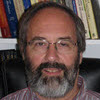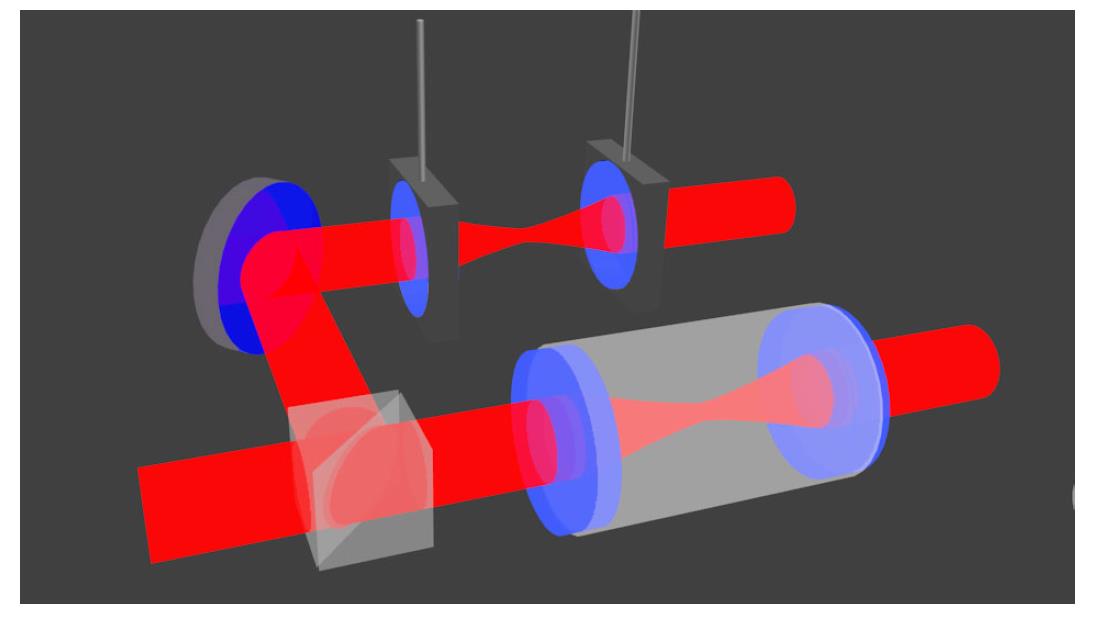Joint CFP Project: This joint effort of the Gabrielse group (members pictured), the Geraci group, the Kovachy group, and the Odom group illustrates the opportunities available within Northwestern University's unique Center for Fundamental Physics (CFP).

|

|

|

|
| Andra Ionescu | Xing Fan | Tharon Morrison | Gerald Gabrielse |
Motivation: Unidentified dark matter (not observed with visible light) needed to explain the observed motion of galaxies is 5 times more abundant than the observed matter. Ultralight scalar fields, especially well-motivated candidates because they naturally arise in string theory [1], lead to temporal oscillations fundamental constants like the fine structure constant or the electron mass at the characteristic mass of the field [2].

Current status: Apparatus is being designed and acquired.
Funding: We are grateful to the Templeton Foundation for funding the design and preparation of the new cryogenic apparatus to search for dark matter.
[1] S. Dimopoulos and G. Giudice, Physics Letters B 379, 105 (1996).
[2] T. Damour and J. F. Donoghue, Phys. Rev. D 82, 084033 (2010).
[3] A. A. Geraci, C. Bradley, D. Gao, J. Weinstein, and A. Derevianko, Phys. Rev. Lett. 123,
031304 (2019).
© 2021 - Last Updated: 02/04/2021 - Disclaimer